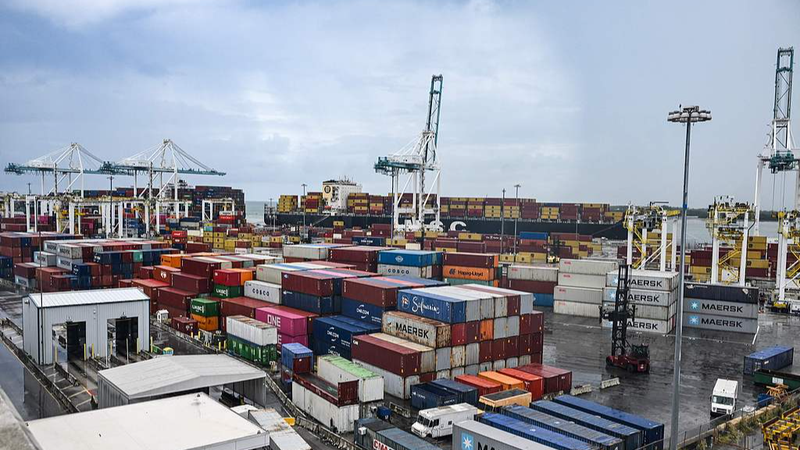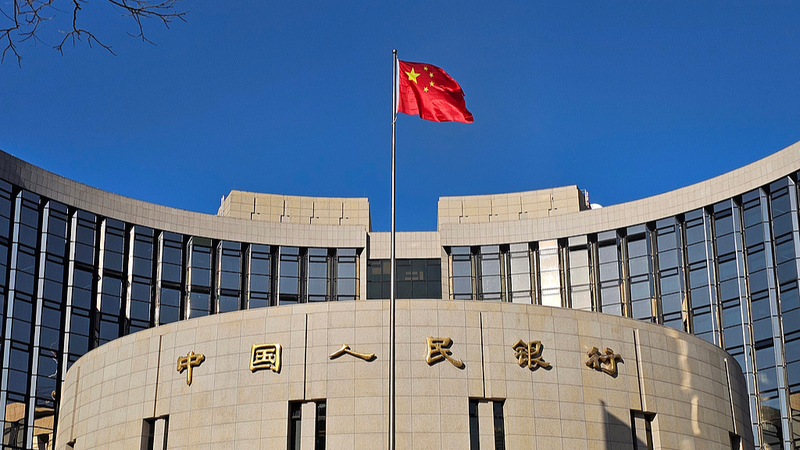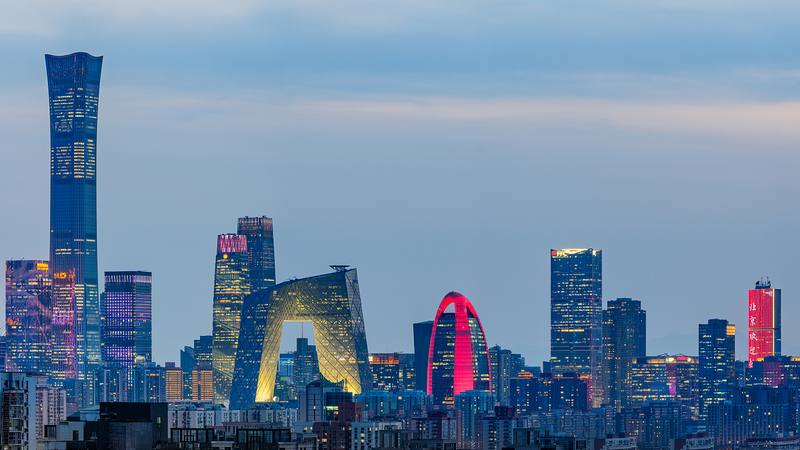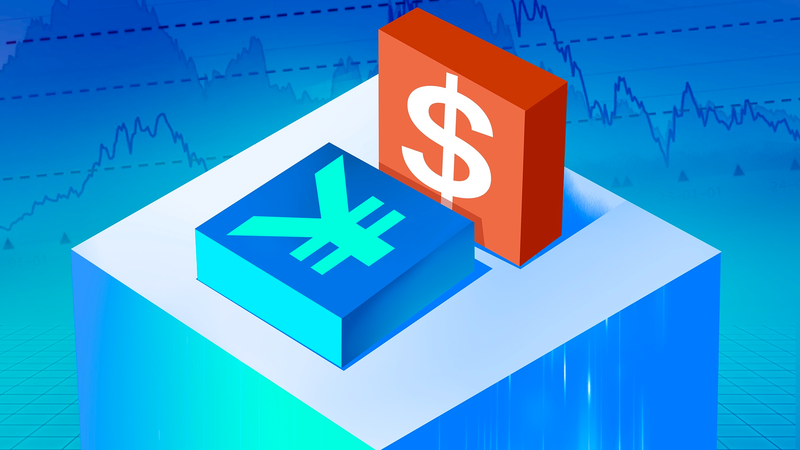At midnight Thursday, the US rolled out sweeping new "reciprocal tariffs" on over 90 countries, charging duties from 10% to 50%. 🌍💸 The move has sparked major pushback from trading partners, and here's the lowdown for our fast-paced, mobile-first readers:
Brazil Battles Back
Brazil has formally requested WTO consultations after facing a steep 50% tariff—one of the highest rates this month. President Lula da Silva slammed it as “unacceptable blackmail.” 🇧🇷
India Stands Firm
India is next in line for a potential 50% tariff later this month unless a deal is struck. Prime Minister Narendra Modi vowed to “not compromise farmers’ interests,” even if that means higher costs at home. 🌾🇮🇳
EU & Japan Carve Exemptions
The European Union and Japan managed to dodge the worst by agreeing to concessions. The EU will invest $600B in the US and buy $750B in American energy, while Japan accepted a 15% auto tariff and boosted rice imports. 🥖🍚🇪🇺🇯🇵
The Chinese Mainland’s Trade Resilience
Talks in Stockholm led to a 90-day tariff pause with the Chinese mainland. Its July exports jumped 8% year-on-year, showing that its exporters aren’t easily fazed. 📈🇨🇳
IMF Sounds the Alarm
The IMF warned these tariffs could dent global demand, spark supply shocks, and feed inflation via pricier imports. Businesses and consumers might get jittery, and retaliatory barriers could splinter the world economy even more. 🚨
Wallet Watch: US Households
A Yale Budget Lab study shows the average US household could shell out an extra $2,400 per year due to higher import prices—the highest effective tariff rate since 1934! 💰🔍
Why It Matters for Us
Suddenly, that next smartphone upgrade might cost more, fresh coffee beans from Brazil could get pricier, and imported street-food spices might lighten your wallet. Stay savvy—global trade moves fast, and so do we! 🚀
Reference(s):
cgtn.com




